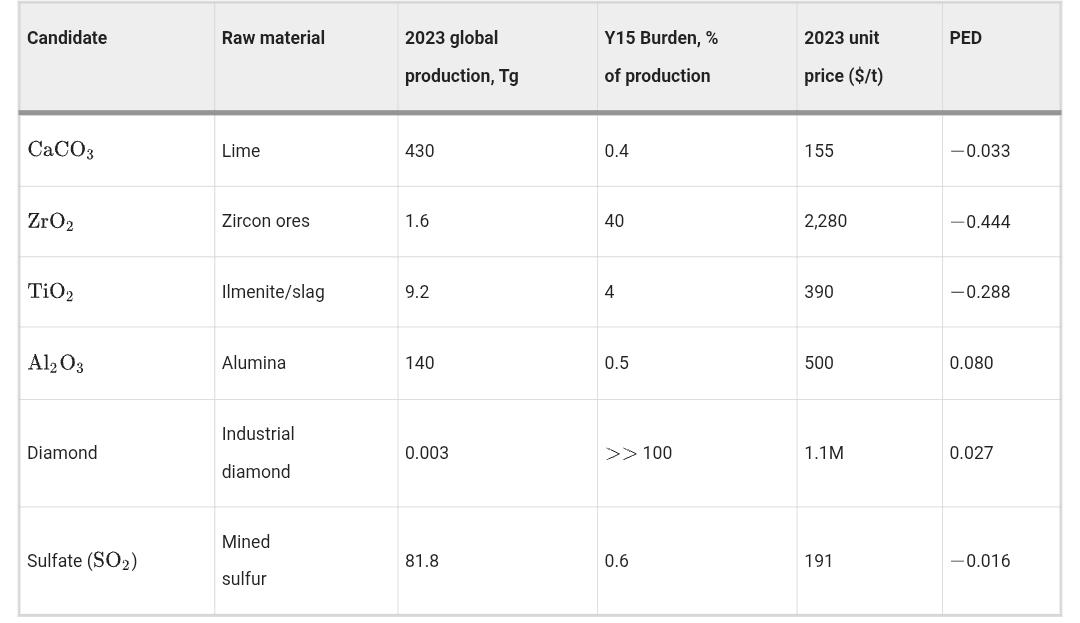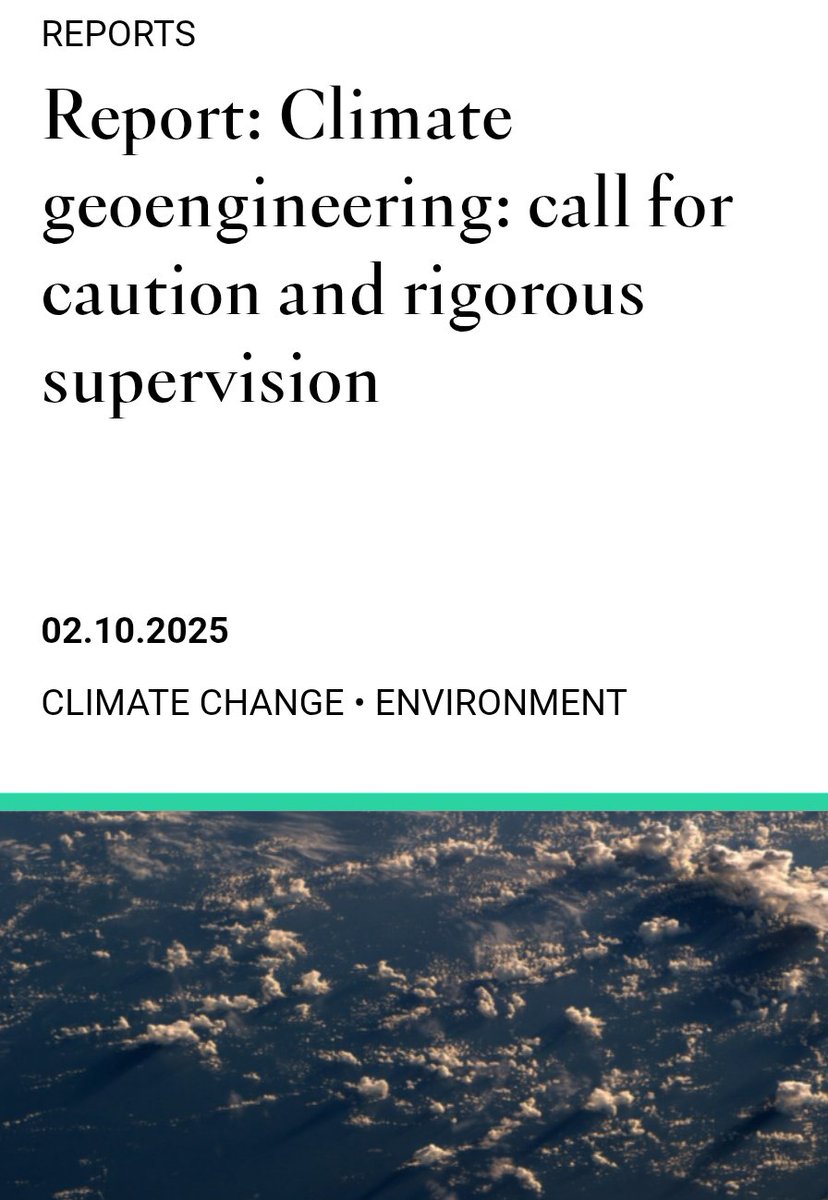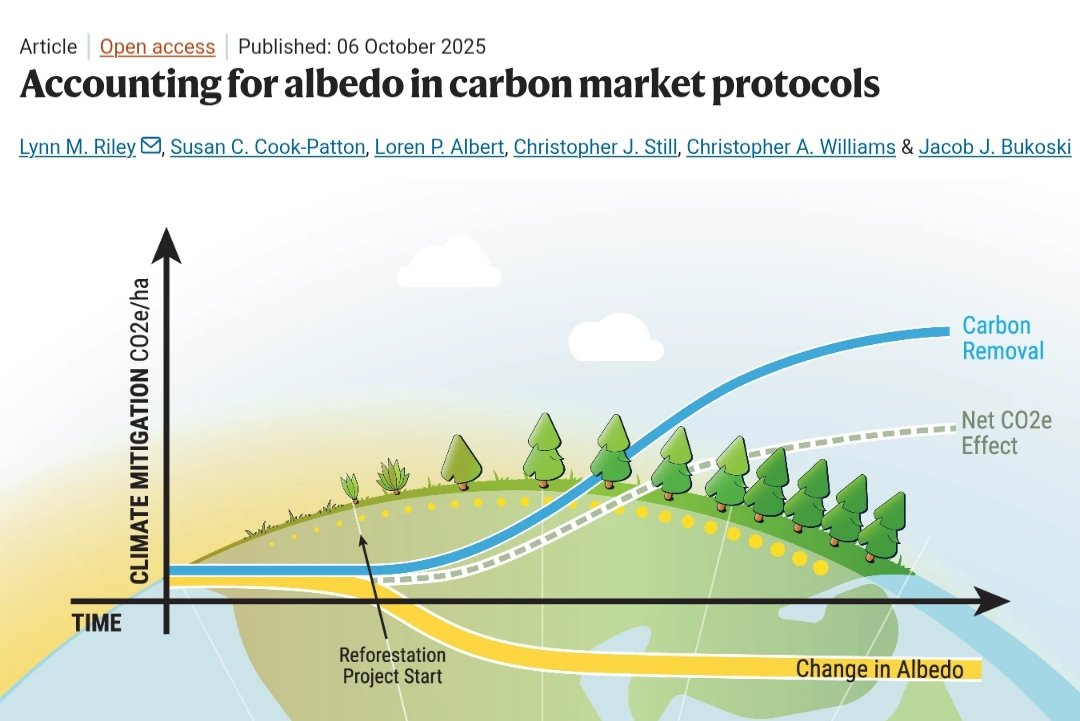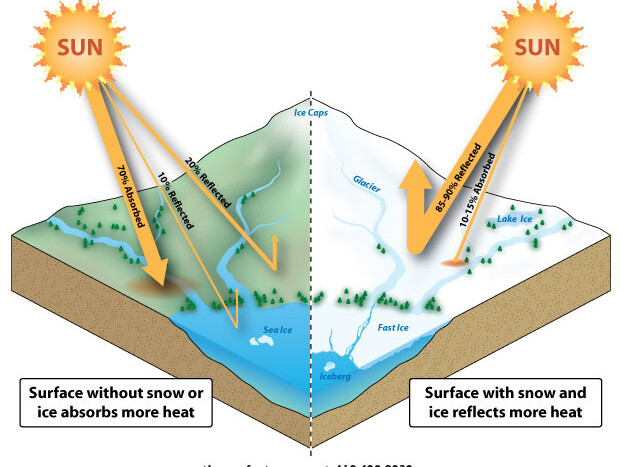🚨🆕STUDY🚨
"The study explored the wide range in #CDR deployment volumes across 1.5°C compatible & high overshoot pathways by evaluating the links btw CDR & conceptually linked scenario aspects, via focus on CDR in 2050 & scenario properties related to reaching #NetZero CO2."
🧵
"The study explored the wide range in #CDR deployment volumes across 1.5°C compatible & high overshoot pathways by evaluating the links btw CDR & conceptually linked scenario aspects, via focus on CDR in 2050 & scenario properties related to reaching #NetZero CO2."
🧵

"#CDR volumes
were further evaluated in terms of their relative and absolute contribution to total mitigation up until reaching
net-zero CO2, showing considerable variation across scenarios with a median relative contribution of around 20%."
2/7
were further evaluated in terms of their relative and absolute contribution to total mitigation up until reaching
net-zero CO2, showing considerable variation across scenarios with a median relative contribution of around 20%."
2/7

"The volumes of #CDR in 2050 and 2100 and the cumulative amount throughout the 21st century were most strongly correlated to the degree to which CO2 emissions are reduced as a means of reaching net-zero CO2."
3/7

3/7


"The robustness of the analyzed relationships was evaluated by comparing different scenario filtering and data-cleaning approaches."
5/7
5/7

"Beyond filtering and cleaning, additional factors that influence #CDR deployment in scenarios, such as discount rates, carbon price trajectories, and scenario design choices," were also discussed in this study.
6/7
6/7
💡📖Read the paper entitled, "Understanding the carbon dioxide removal range in 1.5 °C compatible and high overshoot pathways" here ⬇️
iopscience.iop.org/article/10.108…
#CarbonDioxideRemoval
#NetZero
7/7
iopscience.iop.org/article/10.108…
#CarbonDioxideRemoval
#NetZero
7/7

• • •
Missing some Tweet in this thread? You can try to
force a refresh
















